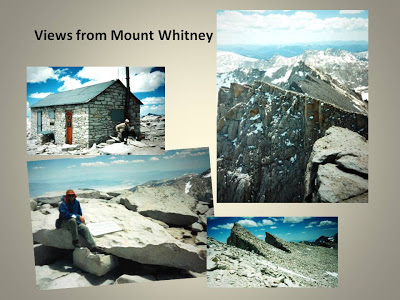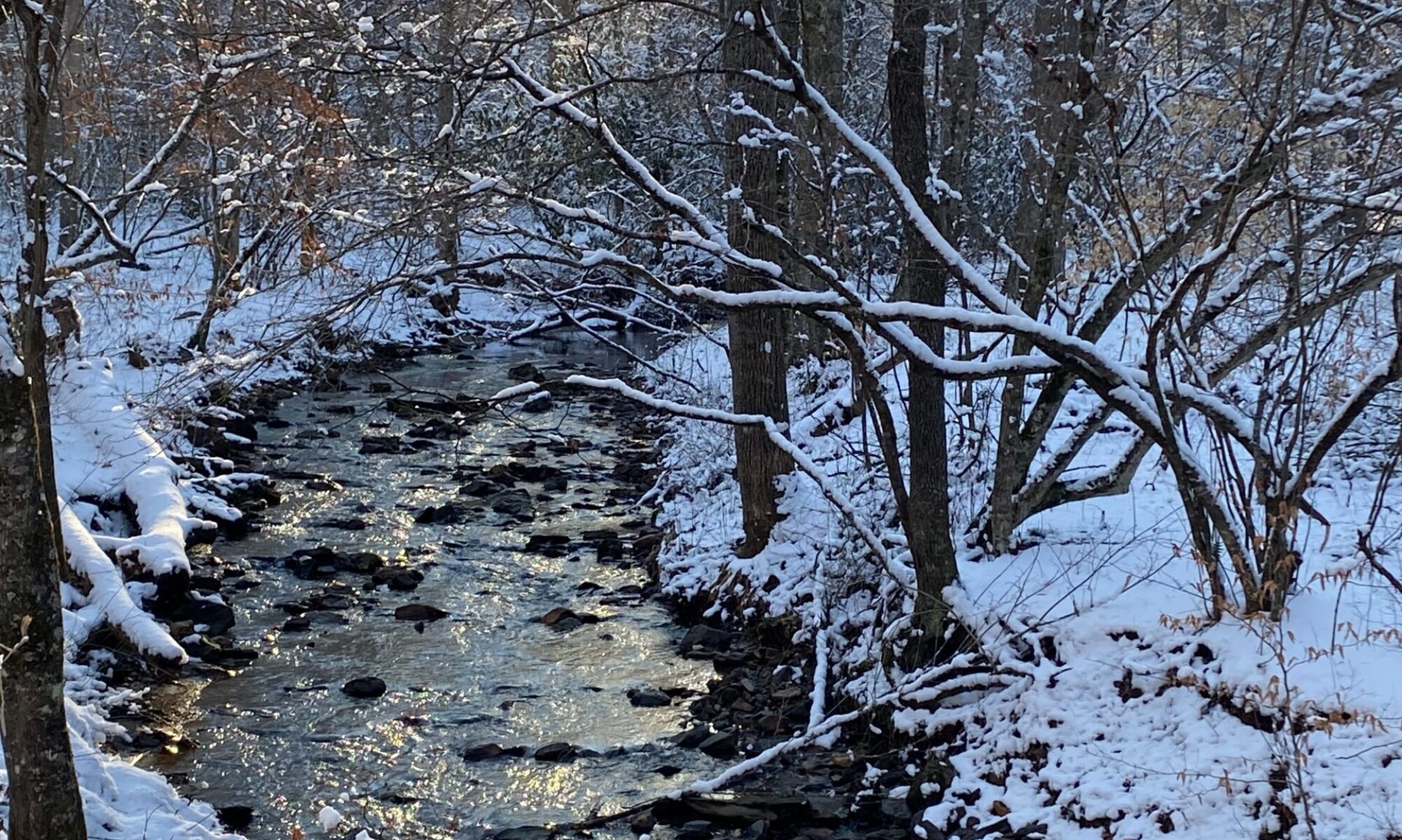Jeff Garrison
Bluemont and Mayberry Churches
May 23, 2021
Hebrews 12:14-29
Sermon recorded on May 21, 2021 at Mayberry Church
Introduction at the Beginning of Worship
Today is Pentecost. It’s a day to recall the outpouring of the Holy Spirit on those disciples who gathered in Jerusalem after Jesus’ ascension. We’re told in Acts that it appeared as if tongues of fire descended and filled the disciples.[1] God’s Spirit set them on fire for Jesus. The use of fire in scripture is interesting. A fire can be warm and comforting. We enjoy gathering around a fireplace on a winter’s eve or at a campfire in the fall. But fires can also be terrifying and destructive as anyone who has witnessed a housefire or a forest fire will attest.
Fire
Fire is also associated with God. Moses encountered God at the Burning Bush.[2] God led the Israelites out of Egypt by a Pillar of Cloud and Fire.[3] And on Pentecost, God Spirit descended as fire.
Two Candles and Two Flames
Do you know why most Presbyterian Churches have two candles in the front of the sanctuary, generally on the Communion Table? Or why do two flames appear beside the cross on the Presbyterian seal? The flames represent the Old and New Covenant, the flames from which God called Moses and the flames which appeared on Pentecost. Fire can be uncontrollable and somewhat mysterious, which makes it a good symbol for God.
Two Options for Approaching God
Sooner or later, all of us will be called before God. Today I want you to think about this question. When our time comes, how do we approach the Almighty? As we continue to work through Hebrews, we’ll see there’s two different paths. One is via Sinai, which is a frightful trail to take. It’s like climbing an active volcano. It’s the way of fire. The law is hard and failure to keep it results in harsh consequences.
Jesus lays out the other path. This path leads us to Zion. It’s the city of God, where, we’re told in Revelation, God personally wipes away our tears.[4]
The author of Hebrews wants us to stick with Jesus! His is the more excellent way.
Read Hebrews 12:14-29
After reading the Scripture
I’m going to take you on another hike, today.[5] In 1995, I did the first of three hikes to complete the John Muir Trail in the Sierra Nevada mountains of California. The trail begins at the top of Mount Whitney. It’s the highest point in the continental United States and ends in Yosemite Valley. In the 200 and some miles of trail, a good portion is above tree line. The views are incredible.
Entering the Sierras
Starting the trail at Whitney means you have an extensive hike and climb to reach the top. Eric and I approached Mount Whitney from the west slope, but we started on the eastern side of the Sierras. Rugged, remote, and somewhat barren describes the eastern slope of the Sierras. We reached the heart of the Sierras through New Army Pass. This involved a terrifying climb. The trail disappeared behind a 100 or so feet wall of snow and ice. We kicked toeholds to climb to the top and pulled out packs up with rope.
Before we reached solid ground, we had to work our way through the snow that had corniced along the top of the ridge. This created a lip that jutted out from the edge. Somehow, we safely made it to the top.
The Climb Up the West Side of Mount Whitney
After New Army pass, we picked up the Pacific Crest Trail and hiked north to Crabtree Meadows. This broad plain is just 7 ½ miles and 4,500 feet below Whitney. The next morning, at daybreak, we set out.
In the summer, on big mountains like this, it’s good to make it to the top early in the day. You never know when you must make a quick retreat in the afternoon as thunderstorms build. The first few miles were gradual, as we made our way around Guitar and Hitchcock Lakes. Then the trail became extremely steep. Soon, frozen snow covered the trail. I put crampons on my boots which provided much needed stability on the icy snow.
After two hours of climbing, we were at the “Keyhole,” a notch to the south of Whitney, where the trail from the east and the west sides of the mountain join. From there, supposedly, it’s an easy 2 miles to the top. We’d done much of the climbing and only had 700 feet more gain to reach the summit. However, that few things are easy at 14,000 feet. Without conditioning to the elevation, you must go slow, or you’ll be gasping for breath.
Reaching the Summit
We were at Whitney’s summit in time for lunch. The local rodent population came out to join us. I admit, we felt pretty good about ourselves as we ate, and the rodents begged. Just 20 or so feet to the east of where we sat, the mountain dropped straight off. We could see US 395, which looked like a thread running through Owen’s Valley. Straight out from us rose the Panamint and Amargosa Ranges, which surround Death Valley. We could even see beyond them, and on into Central Nevada.

Others began to gather as they made their way up to summit as we ate and enjoyed this view. We were all in a celebrative mood, having conquered the mountain. And then it happened.
Surprise Visitors
I saw the oddest thing. Someone’s head popped up over the edge. Where did he come from, I thought to myself? He pulled himself up on the top, then set out to belay another climber. While few people would call what we did that morning easy, we were in awe. This was nearly impossible.[6]
This couple climbed that morning, a thousand feet or so, vertically. Each carried a rack heavy with hardware: pitons, chocks and other anchoring devices, carabiners, slings, an ice axe, and hundreds of feet of rope. They were serious and had the equipment to help them climb and belay the other on this multi-pitch climb.
Two Ways to the Summit
Think about these two ways to reach the summit. I’m going to tie it back into our passage this morning. Their experience and our experience, on the same mountain, were drastically different.
Two Mountains: Sinai and Zion
In the last half of the 12th Chapter of Hebrews, we’re told of two mountains: Sinai and Zion. There’s quite a contrast between the two.
Sinai is scary.[7] It’s a place of fear. Even Moses, after all he has seen and done, fears the mountain upon which God gave Israel the law. And why not, this was a mountain to avoid unless God summoned someone up. Even animals were forbidden from approaching the mountain and those who did graze on its slopes were to be stoned. A holy mountain, precautions were taken to keep it sacred.
But there’s another mountain, Zion. It’s the city of the living God, the heavenly Jerusalem, a place of merry angels where all who have been adopted by God joyfully reside. This is the home of Jesus, whose sacrifice enables us to enter this holy place.
Are They the Same Mountain?
But perhaps these are the same mountain, just different sides.[8] After all, the God of the Old and New Testaments is the same. The way up to the mountain on the Sinai route is impossible for most people. It’s kind of like the way those climbers summited Whitney. For the rest of us, there is a better way. To reach this summit, we have Jesus as a guide, the one whose blood is superior to Abel’s. He’s the one whose righteousness makes us perfect.
Hope and Warning
While this passage presents hope to us, it is ultimately a warning not to reject the grace God shown us in his Son. We see this in both the opening and the closing paragraphs.
The opening, verses 14-17, begins with the counsel for us get along with one another. We’re to root bitterness from our lives and to strive for holiness. How we live is important. The preacher pulls Esau as an example of what we’re not to become. Esau, if you remember, traded his birthright in for a bowl of soup. While it may have filled his stomach in the short-run, he regretted his decision in the long-run. But there was no way to go back. And, when our time is up, there will be way for us to go back.
The closing paragraph, verses 25-29, frames the other side of the story of the two mountains. We’re reminded of the danger of rejecting Jesus’ offer along with a warning of impending judgment. All will be shaken, we’re told. I imagine a winnowing process, such as used by ancient farmers to separate the kernel of grain from the chaff.[9] Or, like a refining fire, where all impurities are burned away and only that which desirable remains.[10] Both images for God are Biblical, but because Jesus has already purified us, we are called give thanks and to worship God with reverence and awe.
Follow Jesus, our Guide
Today, take the advice of the Preacher in Hebrews. Follow our guide, Jesus, to Zion, to the place we’ll find eternal rest. And along the way, seek peace with one another, avoid bitterness, and stay on the path blazed by our Savior. Sooner or later, we’ll all be called before God. Instead of going the Sinai route, Jesus’ way is the more excellent route to approach the Almighty. Let’s follow him! Amen.
[1] Acts 2:1-4.
[2] Exodus 3.
[3] Exodus 13:21.
[4] Revelation 21:4.
[5] Last week, I talked about approaching Katahdin along the Appalachian Trail. See https://fromarockyhillside.com/2021/05/keep-going-hebrews-121-13/
[6] Of course, this couple made the climb, but few could. However, Paul makes the case of how difficult it is to follow the law. See Romans 3:9-20. The only one who kept the law fully is Jesus. See Romans 5:18.
[7] The author of Hebrews doesn’t name Sinai, but the fearfulness of the holy mountain where Moses was given the law is described in verses 18-21. See the description of Sinai in Exodus 19:16-25.
[8] See Thomas G. Long, Hebrews (Louisville: KY: WJKP, 1997), 140.
[9] Jeremiah 15:7, Matthew 3:12, Luke 3:17.
[10] Malachi 3:2-3.

The summit sounds very high, the views must be wonderful.
All the best Jan
That summit certainly sounds high!
I’m sure the views were wonderful.
All the best Jan
I have a friend climbing Mt. Whitney right now. May he have the success you did.
You’d have enjoyed my nephew’s Bar Mitzvah. It was very heartfelt and all-inclusive. (He’s choosing to be both Jewish and Christian, and he’s a true light. Emet Simcha is his chosen Hebrew name.
B’shalom.
The rodents had me laughing. I would have been feeding them.
Enjoyed your words as usual, Jeff. Thank you. I am envious of that hike. I can only imagine what kind of views you enjoyed that day.
One of my regrets is not exploring more of the mountain trails of Colorado during the years I was stationed at Fort Carson. Given my heart condition now I’ll have to stick to low and level areas.